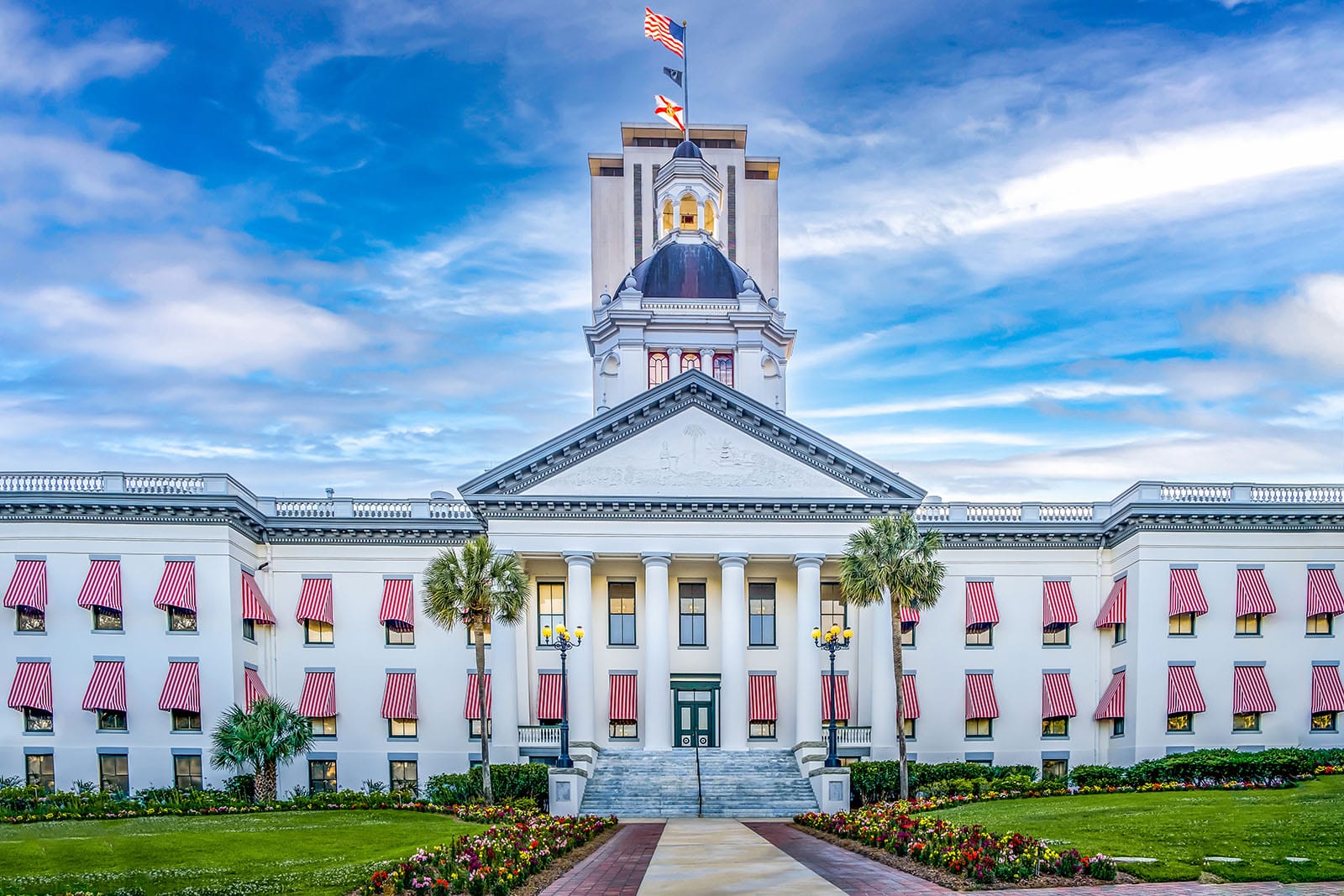Policy
Florida Escalates Fight For Workforce Housing Authority
The Sunshine State’s latest Live Local Act update strengthens zoning preemptions and adds legal muscle, at odds with city governments that invoke home rule protections to resist affordable housing mandates.

After rents and home prices surged during the pandemic, Florida responded in 2023 by passing a law dubbed the Live Local Act to boost affordable workforce housing development with a state funding pipeline of over $700 million.
Although some development projects secured access to the funds, local governments have thwarted efforts when they have been able, peeved that the state overrode local zoning to allow affordable multifamily in areas zoned for other uses.
Obstructionist local municipal efforts have been buoyed by a “not in my backyard” crowd opposed to denser housing.
This tension — pitting state-level initiatives against local forces of resistance — is playing out nationwide as communities grapple with how to provide affordable housing for essential workers while balancing local preferences and planning priorities.
Meanwhile, would-be urban and infill developers don't have much say in the outcomes of these power struggles. They can either wait on the sidelines – with significant entitlement costs at risk – or step into the fray, where they can get caught in the crossfire.
Florida lawmakers just passed a third update to their Live Local Act. The latest version of the law adopts a more aggressive approach than changes made the prior year, aimed at removing roadblocks. This year’s version closes loopholes that local governments exploited to deny projects and expanded tax exemptions, particularly those on missing-middle housing projects.
Keith Poliakoff, an attorney with Fort Lauderdale law firm Government Law Group, called the legislation Live Local 3.0.
It’s not the final version of Live Local, because it's still going to be met with major resistance, where municipalities are going to still say, ‘I don't know what this law means,’” Poliakoff said. The new law, however, is “another attempt to tell municipalities this is a state mandate that you must follow.”
The law clarified provisions in the existing law.
They also added some additional locations where you can build workforce housing as of right,” Poliakoff said. “And they finally put in a term requiring expediting lawsuits. It allows the winner to get up to $250,000 back in attorney fees.”
Live Local Act’s Intent
Rents and home prices had risen rapidly during the pandemic because of a flood of new residents who had moved into the state. Rent growth in some cities frequently had the highest rent growth in the country.
Florida Gov. Ron DeSantis signed the law in March 2023 to increase workforce rental housing and help workers buy homes.
“We want people to live in the community where they are working,” Florida Gov. Ron DeSantis said at the time. And he was particularly focused on teachers, police officers, firefighters, nurses, and service workers.
He noted that the state’s cities and counties need those workers, but it’s difficult to attract them if they must drive an hour or more to work daily.
Local governments were required to allow multifamily and mixed-use residential projects on sites zoned for residential, commercial, or industrial use if at least 40% of the residential units are affordable for 30 years to those earning up to 120% of the area median income.
For mixed-use projects, at least 65% of the total square footage must be used for residential purposes, and the 40% affordable component must be rental units.
Meanwhile, rent growth has slowed considerably because of record-high development. Housing prices have come down, too, because of supply, but also because of higher interest rates putting a chill on buyer interest. Hot markets have turned cold.
Still, the need for affordable housing persists and some projects have managed to get funded. In December, commercial real estate media site Bisnow found that 45 projects across the state received funding since that law first passed. However, 30 of them were existing and received rescue capital to keep them going.
Battling Local Governments
After Live Local’s initial rollout, local governments found ways to kill projects.
“We believe this needs to go to a public hearing,” Poliakoff said of local government thinking. “We don't understand in the legislation what the word density means. That's a confusing term. The word height, I've never heard that term before. What is FAR (floor area ratio)? That's a new one.”
In 2024, amendments sought to close loopholes and strengthen the law’s preemption of local zoning, density, and height restrictions for qualifying affordable and mixed-use housing developments.
Changes also included permitting units in a mixed-use project to be for-sale, market-rate units, opening the door to mixed-income developments with condominiums and workforce rental products, and clarifying density bonuses.
Under the original law, qualifying projects with at least 40% of units set aside as affordable for 30 years were permitted at the highest currently allowed density for residential use anywhere in the municipality or county, as defined by local land development regulations.
The 2024 changes explicitly state that the Live Local Act does not preclude projects from also receiving local development bonuses for density, height, or floor area ratio if they qualify under local rules. If a Live Local project qualifies for a local bonus (for example, it provides additional affordable units or donates land), the bonus must be approved administratively, and no further action by local boards or commissions is required.
Those changes still didn’t deter local governments. “We don't know what a bonus is,” Poliakoff. “We don't know what a variance is. We don't know what a special exception is, and it's now led to more and more litigation concerning what the Act requires.”
Legal Actions
Before the 2024 revisions, Whitman Family Development, owner of Bel Harbour Shops in ritzy Bel Harbour village, sued last January, claiming the village isn’t complying with the Live Local Act.
The developer alleged that the village was attempting to scuttle a plan to override local zoning and build 600 luxury residential units, 70 hotel rooms, and more than 45,000 square feet of retail space. To qualify for Live Local, 40% of the units would be workforce housing. It would be five times higher than Bal Harbour’s current height restrictions if built.
Bal Harbour is fighting the lawsuit but lost a bid last September to have the lawsuit dismissed. In November, the village denied the developer’s application based on a technical review. The conclusion was that the village’s height and use prohibitions were unaffected by the Live Local Act.
Poliakoff sued the city of Hollywood in January on behalf of Condra Property Group after the denial of its proposed beachfront 17-story mixed-use tower that included affordable housing. The city said it would be too tall.
The developer argues it should be allowed because the Margaritaville Hollywood Beach Resort, opened in 2015, rises 18 stories, and that set the benchmark. Both sides argue that the other has misinterpreted the provisions of the Live Local Act.
Poliakoff said the “reality is, these municipalities are not going to win their cases.”
The fights will continue, however. Fort Lauderdale may be typical of the angst among neighborhood advocates and politicians over the Live Local Act mandates.
Community meetings earlier this year reportedly were testy, with anger-filled comments. Fort Lauderdale Mayor Deal Trantalis told the South Florida Sun Sentinel that the Live Local law doesn’t work for Fort Lauderdale or any city.
(State legislators) have violated our home rule by taking away our ability to enforce our local zoning laws,” Trantalis said.
That comment mirrors what local government officials, from California to North Carolina, have said when states have passed laws to preempt local zoning.
Battles will continue to rage as state governments try staunching NIMBYism to make housing development easier and more plentiful, leading to more affordable housing that addresses a national – and local – shortage.
Much of it will play out in courts. That, of course, will take time and impede urgently needed progress toward developing new workforce housing in the Sunshine State.
MORE IN Policy
The 50-Year Mortgage And The Real Work Hiding Behind Its Idea
President Trump and Bill Pulte’s 50-year mortgage idea may not be a solution—but it should be looked at as a spark. What matters most is the local work it could ignite on affordability, access, and upward mobility.
Homebuilders Urged To Invest In Frontline Jobsite Workers Now
As homebuilding slows, workforce investment becomes the make-or-break factor for long-term capacity. Building Talent Foundation CEO Branka Minic warns that cutting training and career-path spending now will deepen the industry’s structural labor crisis for years to come.
NYC Voters Back Affordability — Now Comes The Hard Part
New Yorkers have voted for change. Four sweeping housing charter amendments promise faster reviews, digital mapping, and more affordability—but the real battle begins as City Hall, the Council, and Albany clash over control.
